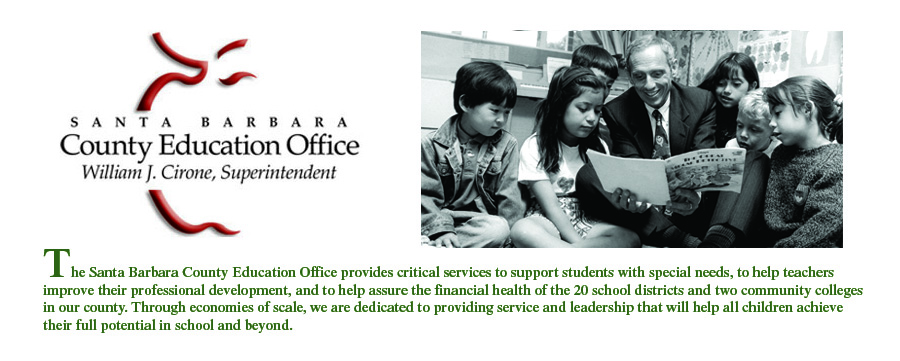Newspaper column
Summer is the season for heat. Though early summer can traditionally be a foggy season in Santa Barbara County, late summer days are more often fog-free and can get very warm. When young people are caught up in the excitement of playing games outside or even a leisurely bike ride around the neighborhood, they might not notice the temperature rising. But their bodies will notice the heat anyway.
Under normal conditions, the body’s natural control mechanisms — skin, vascular system, and perspiration — help the body adjust to the heat. But those systems could fail if exposed to high temperatures for prolonged periods.
Here are some tips to help young people — or those just young at heart — beat the heat:
- Limit exercise or strenuous physical activity to the coolest part of the day — usually early morning or late evening.
- Have children wear loose-fitting clothing that’s both lightweight and light in color. Choose clothing that draws perspiration away from the skin to keep the body cooler, such as cotton t-shirts or shorts. The new perspiration-wicking fabrics also are effective.
- Have children drink plenty of water, and don’t wait until they’re thirsty to take a drink. The thirst mechanism kicks in only after a body is significantly depleted of fluids. If exercising heavily in hot weather, aim for two to four glasses — or 16 to 32 ounces — every hour.
- Children should stay away from liquids that contain caffeine or lots of sugar — these actually cause a body to lose more fluid. Also, know that drinks that are too cold might cause stomach cramps.
- It’s always a good idea to take a break in a shady area to cool down.
- Don’t overdo it. Start slowly and increase the pace gradually. In weather that’s extremely hot and humid, it is best to avoid exercising at too high a level. What’s normal activity on a cool day might be dangerous on a hot day.
- Everyone should always wear sunscreen. It’s harder for the body to keep sunburned skin cool. Hats help keep the sun off the face and head, providing protection from sunburn and keeping the body cooler, too.
And parents should always be mindful of high heat inside a parked car when leaving a child there for any length of time, because those results could prove fatal, even when outdoor temperatures seem relatively low.
It’s important for parents to know the symptoms of heat-related illness. If you don’t pay attention to the warning signs, the body’s natural cooling system could begin to fail, and that could lead to heat cramps, heat exhaustion, or heatstroke.
If a child starts to feel overheated, activity should stop immediately. The child should rest in a cool, shaded area and drink plenty of fluids. If heat cramps have started, massaging sore muscles may help alleviate some of the pain. These are all good ways to beat the heat.
